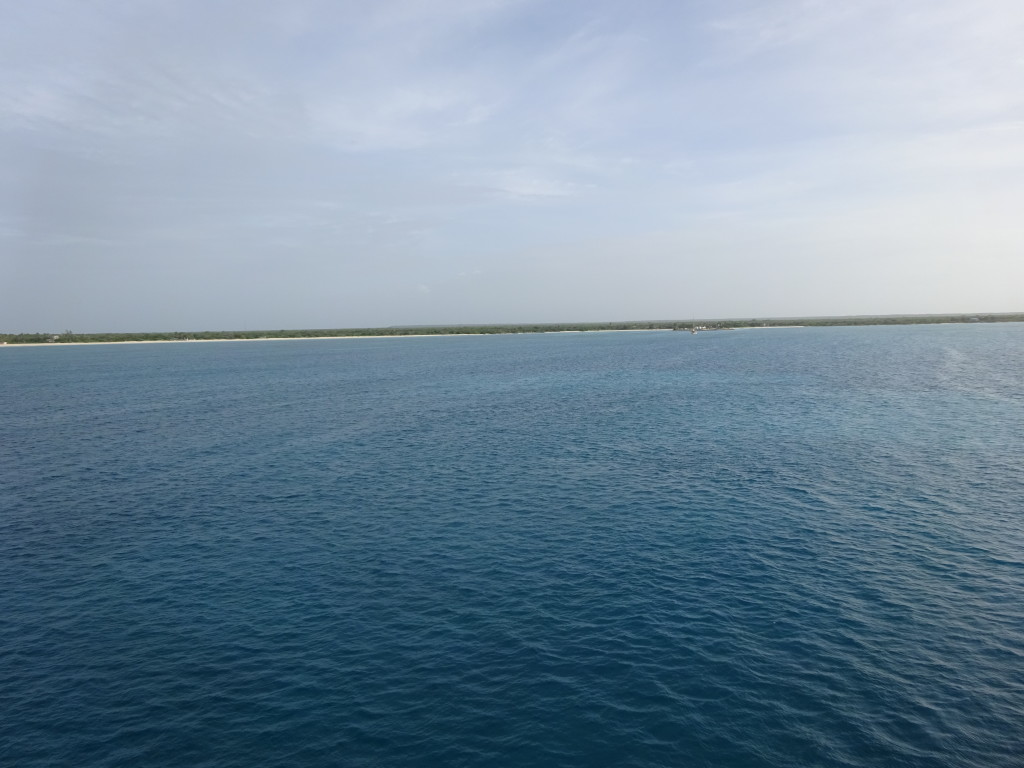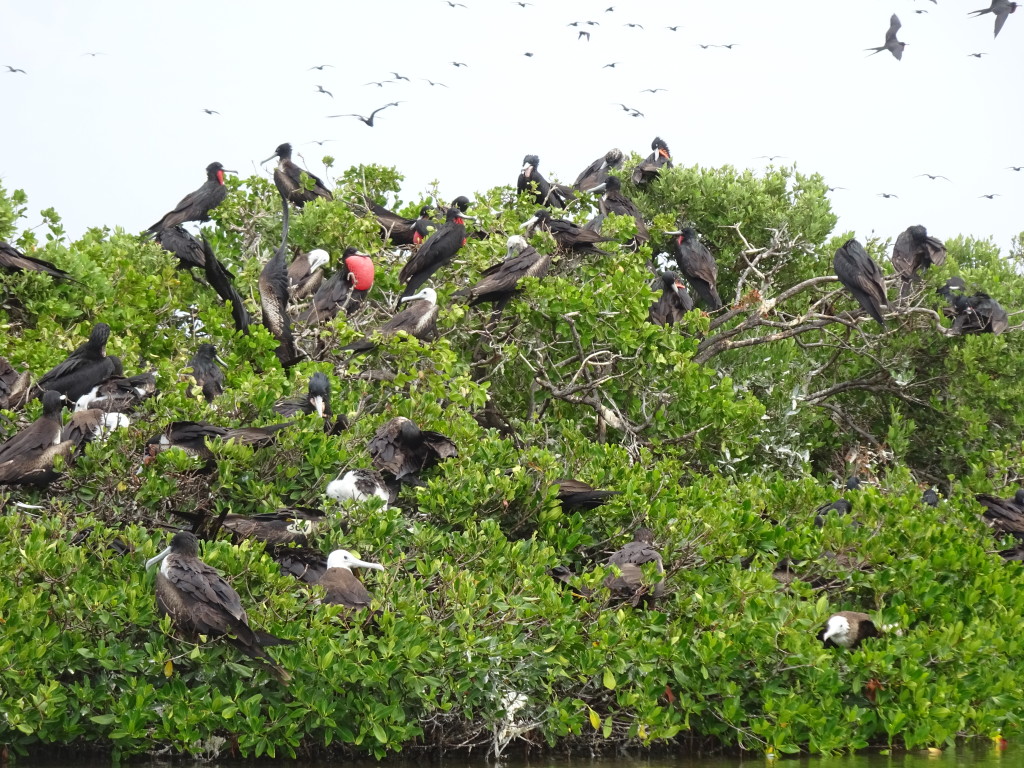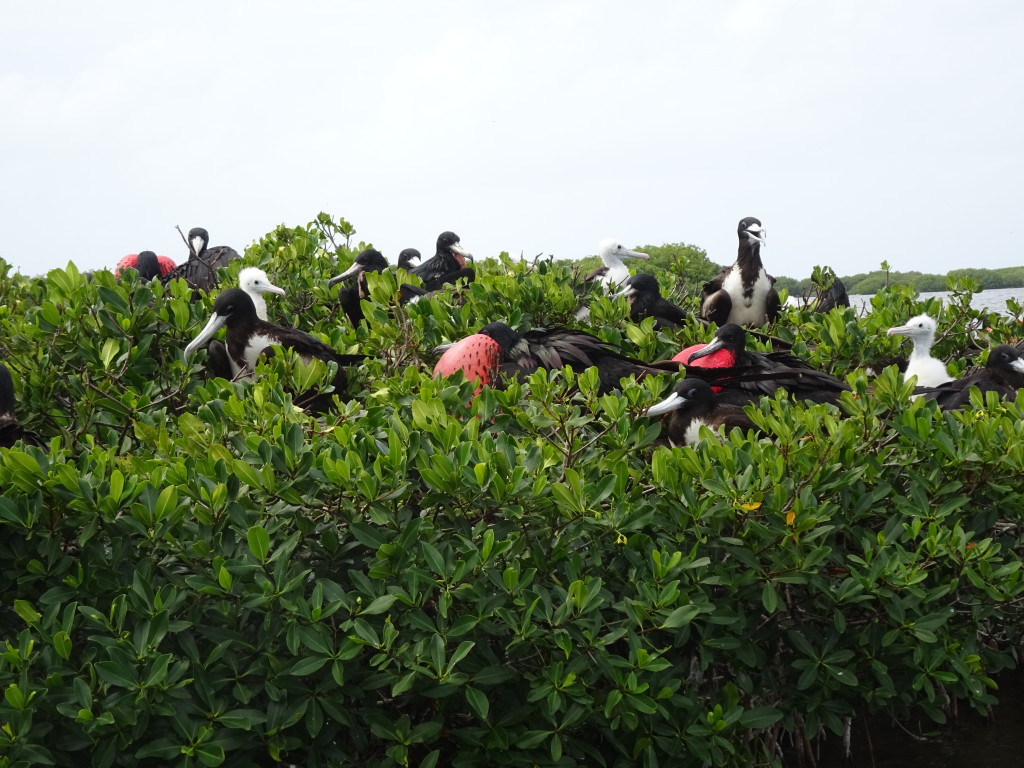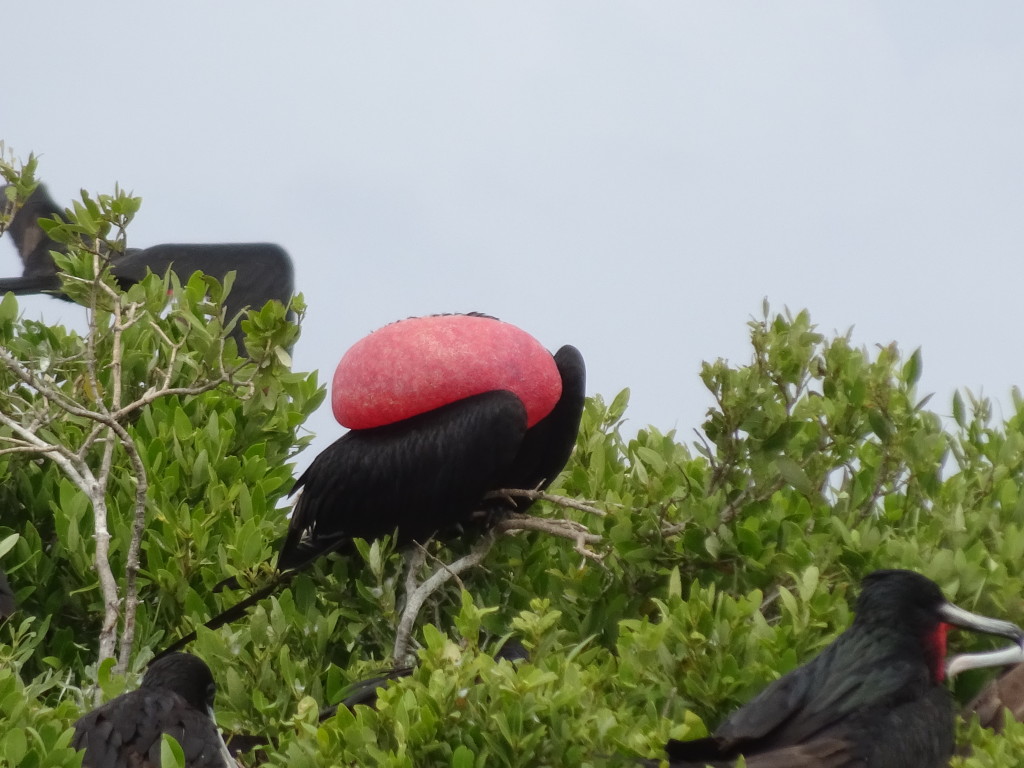Hurricane Irma caused irretrievable damage to the very islands in the Caribbean we had spent many wonderful days on last year. We had met some amazing people on the trip and the devastation is hard to imagine.
Our first and last stops on an 8 day sailing cruise were St. Maarten, the Dutch side of the island. Watching the news and seeing how badly the French side was damaged was heartbreaking. I nearly lost it when I saw the photos of the St. Maarten airport. My preview of the trip included this article about how low the planes fly over the beach to land.
Now that famous beach looks like this.
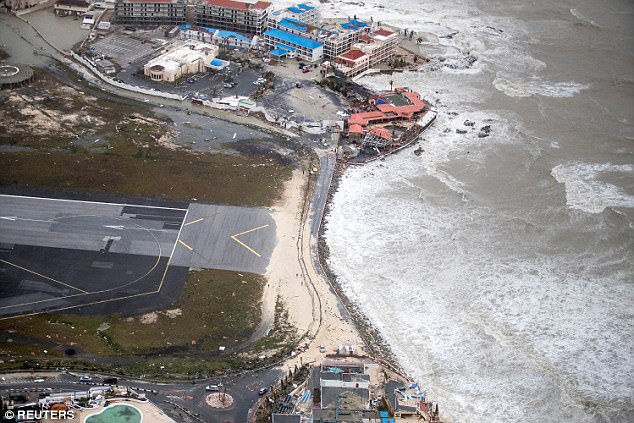
The area to the right is the ocean, the left is the approach to the runway. We had drinks at the bar where the shoreline meets those red-roofed buildings. The bar itself is no longer there. All that sand on the left side of the road, sprayed up on the end of the runway; that sand used to be a beach on the right side of the road. Now only rocks remain. Over in the central town, much of the area where we stayed in a small hotel along a restaurant-lined boardwalk and beach has been destroyed, or at least ravaged.
Another island we visited was Barbuda. It has an amazing frigate bird rookery, which I wrote about here. Before the storm the frigates outnumbered the human population of Barbuda. Today, Barbuda is uninhabited by people. Every single one of the 1800 people have been evacuated, mostly to Antigua.

Virtually every building was damaged; most were destroyed. At this point I haven’t been able to find out how the frigate bird sanctuary fared.
Other islands we visited were also severely damaged by Irma. Hurricane Jose, following along right behind Irma, seemed at first headed for St. Maarten and Barbuda, but luckily veered north and spared them a second direct hit. It will be years before the islands are restored. For Barbuda, it might be never.
As heartbreaking as this is, I have fond memories of these islands. Once they recover I would like to visit again. I hope I have that chance.
David J. Kent is an avid science traveler and the author of Lincoln: The Man Who Saved America, now available. His previous books include Tesla: The Wizard of Electricity and Edison: The Inventor of the Modern World (both Fall River Press). He has also written two e-books: Nikola Tesla: Renewable Energy Ahead of Its Time and Abraham Lincoln and Nikola Tesla: Connected by Fate.
Check out my Goodreads author page. While you’re at it, “Like” my Facebook author page for more updates!
Follow me by subscribing by email on the home page. Share with your friends using the buttons below.



